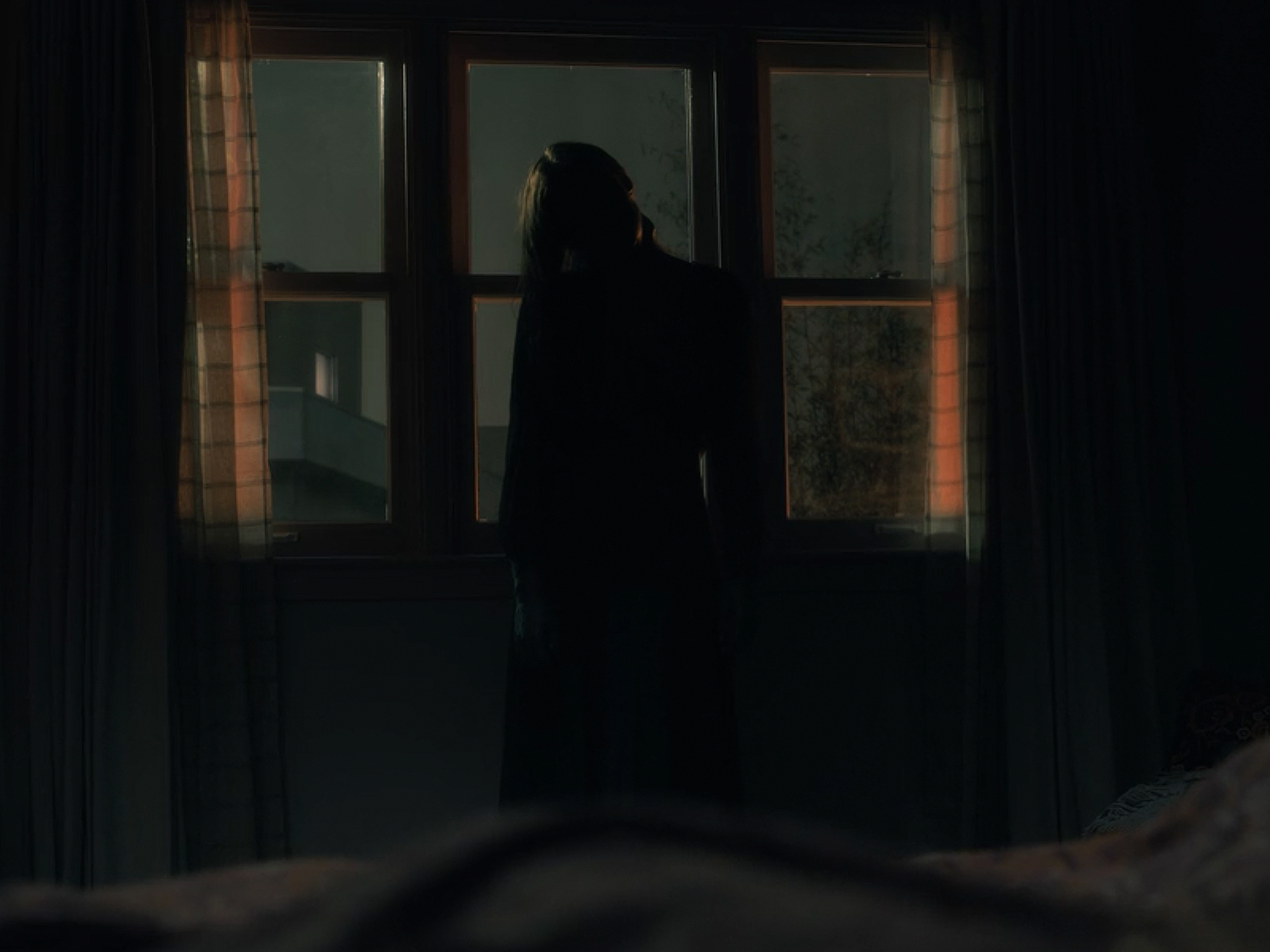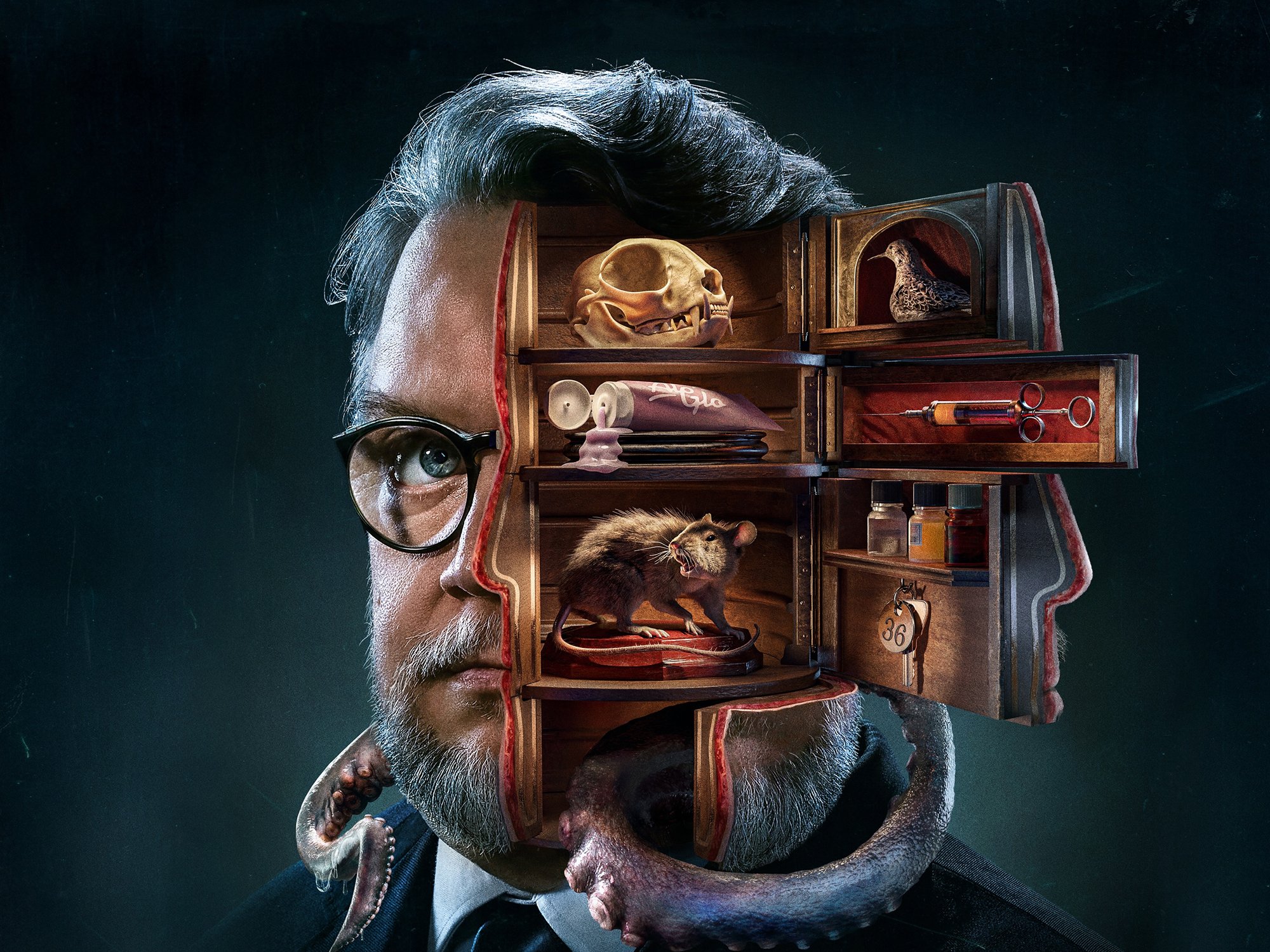The Bent-Neck Lady: Examining The Haunting of Hill House's Best Episode
The Ballad of Eleanor Crain
The Haunting of Hill House is one of Netflix’s best original series. Loosely based upon the 1959 classic gothic horror novel of the same name by Shirley Jackson, Hill House is deftly adapted by horror veteran Mike Flanagan with equal parts terror, suspense, and melancholy. One of the biggest contributors to the quality of Netflix’s newest ghostly series is the show’s fifth episode, “The Bent-Neck Lady.” The episode is not only the best of the series, but one of the best episodes of television in 2018, with tinges of Lost’s “The Constant” and this year’s equally masterful “The Queen” from Hulu’s Castle Rock. Major spoilers ahead...
The horror genre loves its ghosts. Twisted phantasms that linger, lurch, and lunge, ghosts have been terrorizing audiences since the beginning of entertainment and cinema. Perhaps it’s because they’re a relic of the Victorian - a time obsessed with spirituality, seances, and spirit photography - but ghost stories have always lacked a certain modern resonance. It’s difficult to come by a truly affecting ghost story - dusty old nuns, drowned children, and murdered caretakers from decades past, they always seem to be in service of the scare and not much else. There are obviously exceptions, but even when films like The Sixth Sense or A Ghost Story come around to surprise and delight us with something new or profound, they’re usually on the periphery of the horror genre true. This brings us to the superb new Netflix original series, The Haunting of Hill House. A sprawling family drama firmly planted in the confines of gothic ghost horror, Hill House dishes out both poignant storytelling and chilling frights in equal measure, and none more prevalent than the show’s haunting fifth episode, “The Bent-Neck Lady.” An almost stand-alone tale, it’s an episode that is moving and tragic, wrapped up in a ghostly origin story that will leave your jaw on the floor.
The Haunting of Hill House centers around the Crain family, who move into the eponymous house in the early 90s with the intent to renovate and flip the property. Hugh (Henry Thomas) and Olivia Crain (Flanagan mainstay Carla Gugino) and their five children spend the summer sprucing up the old estate, all the while being tormented by dark specters and inexplicable happenings. Their residency at Hill House culminates with a gruesome night that leaves Olivia dead and Hugh fleeing with the children in tow. Over the course of ten episodes, Hill House follows the adult Crain children with character-centric stories as they deal with the death of one of their own, while also filling in the blanks of the fateful evening that has haunted them their entire lives.
The catalyst for the siblings’ reunion takes place at the end of the first episode, when the youngest, Eleanor “Nell” Crain (a fantastic Victoria Pedretti), returns to the abandoned Hill House and apparently commits suicide. Although she makes a swift exit from the mortal coil early on, Nell and her death remain the emotional crux of The Haunting of Hill House, and when it’s her turn to take the spotlight in “The Bent-Neck Lady,” we get to witness some of the best horror and television that 2018 has to offer. Completely upending horror tropes and clichés, “The Bent-Neck Lady” is a master class in sharp twists, sheer terror, and heartbreaking tragedy.
You see, ever since her stay at Hill House, Nell has been haunted by a ghost she dubs “The Bent-Neck Lady.” With dark stringy hair, a shadowed face, and a grotesque crook in her neck, this ghastly apparition first appears to little Nell at the foot of her bed at Hill House. Always accompanied by a seizing sleep paralysis, The Bent-Neck Lady plagues Nell her entire life, even long after the Crains’ hurried escape from the dreaded mansion. However, as a young woman, Nell is able to find love and a brief respite from her personal demon in the form of Arthur Vance (whom she eventually marries), a charming sleep technician that helps her manage her sleep paralysis with breathing techniques and therapy that keeps the ghost away...at least for a few years. One evening, The Bent-Neck Lady returns with a vengeance, accompanied by a mysterious “aneurysm” that kills Arthur instantly. Spiraling into depression and anxiety, Nell’s erratic behavior pushes her family away, and finally, off her meds and on the advice of her therapist, she makes her way back to the abandoned Hill House to confront the root of her misery. What follows is a beautiful sequence of Nell traversing the dilapidated rooms of Hill House, where she is greeted by apparitions of her welcoming family and dead husband. Nell dances with Arthur throughout the house, magically restored to its pristine glory, but in reality she deliriously prances alone through the dark and abandoned halls. She finally makes her way into the reassuring arms of her dead mother, who drapes her old necklace around her adult daughter’s neck - a necklace that becomes a noose as soon as Nell snaps back to reality. A kiss on the forehead from “Olivia” sends her daughter off the railing to her death, but The Haunting of Hill House isn’t quite done twisting the knife. Nell, with that oh-so-familiar bend in her neck, continues to fall - she falls through space and time, with each jolt taking her face to face with herself at all the times The Bent-Neck Lady has ever appeared to her, finally letting loose a primal scream as she realizes she has been haunting herself all these years.
“Completely upending horror tropes and clichés, ‘The Bent-Neck Lady’ is a master class in sharp twists, sheer terror, and heartbreaking tragedy.”
It’s a viscerally horrifying sequence, but also poetic and tragic. In many ways the conclusion of “The Bent-Neck Lady” is the anti-twist, the polar opposite of your typical twist ending where a force-fed swerve is designed solely to shock, regardless of its story or characters. Where your typical horror plot twist expands, detonating mythologies and turning stories on their heads, the narrative of “The Bent-Neck Lady” contracts and narrows, turning a generic haunting and what could’ve been another ho-hum ghost origin into a tragedy of a much more personal scale. Hill House loves its surface level scares, but it also burrows deep as a complex treatise on love, loss, and trauma - “The Bent-Neck Lady” ends as a moving metaphor for depression and self-harm, a metaphor that would have been infinitely weaker if the phantom turned out to be anyone other than Eleanor Crain herself. Escherian in its simultaneous beauty and dread, The Haunting of Hill House’s best episode proves that the horror genre still has plenty of great stories to tell and tricks up its sleeve.












